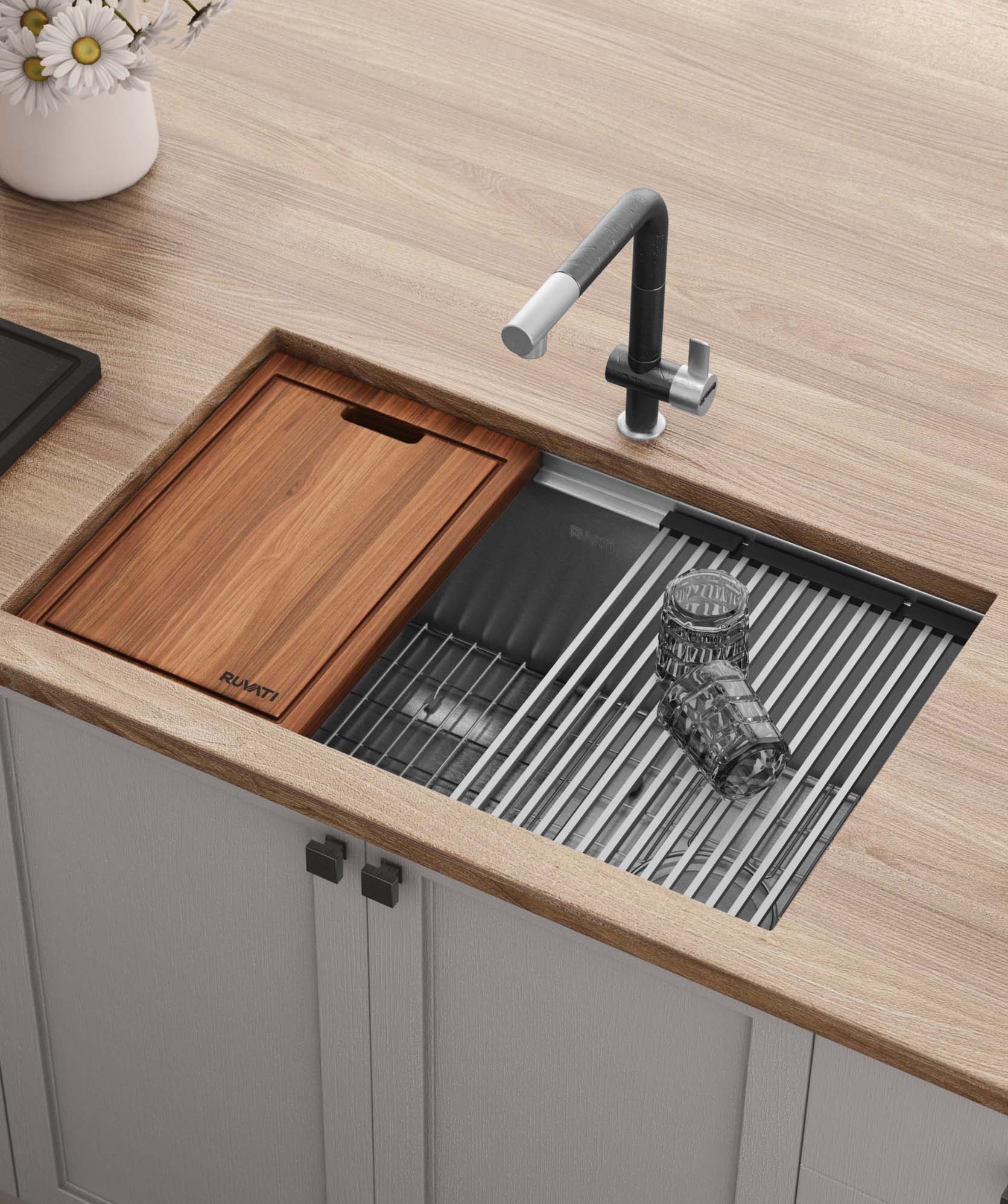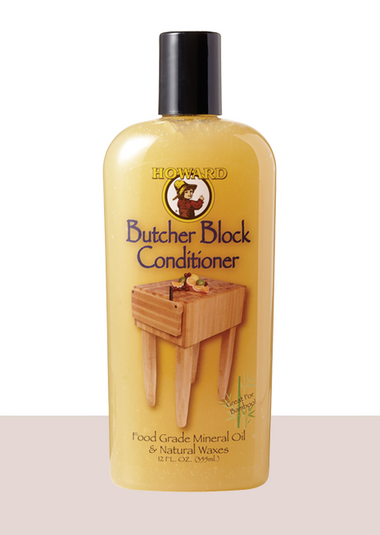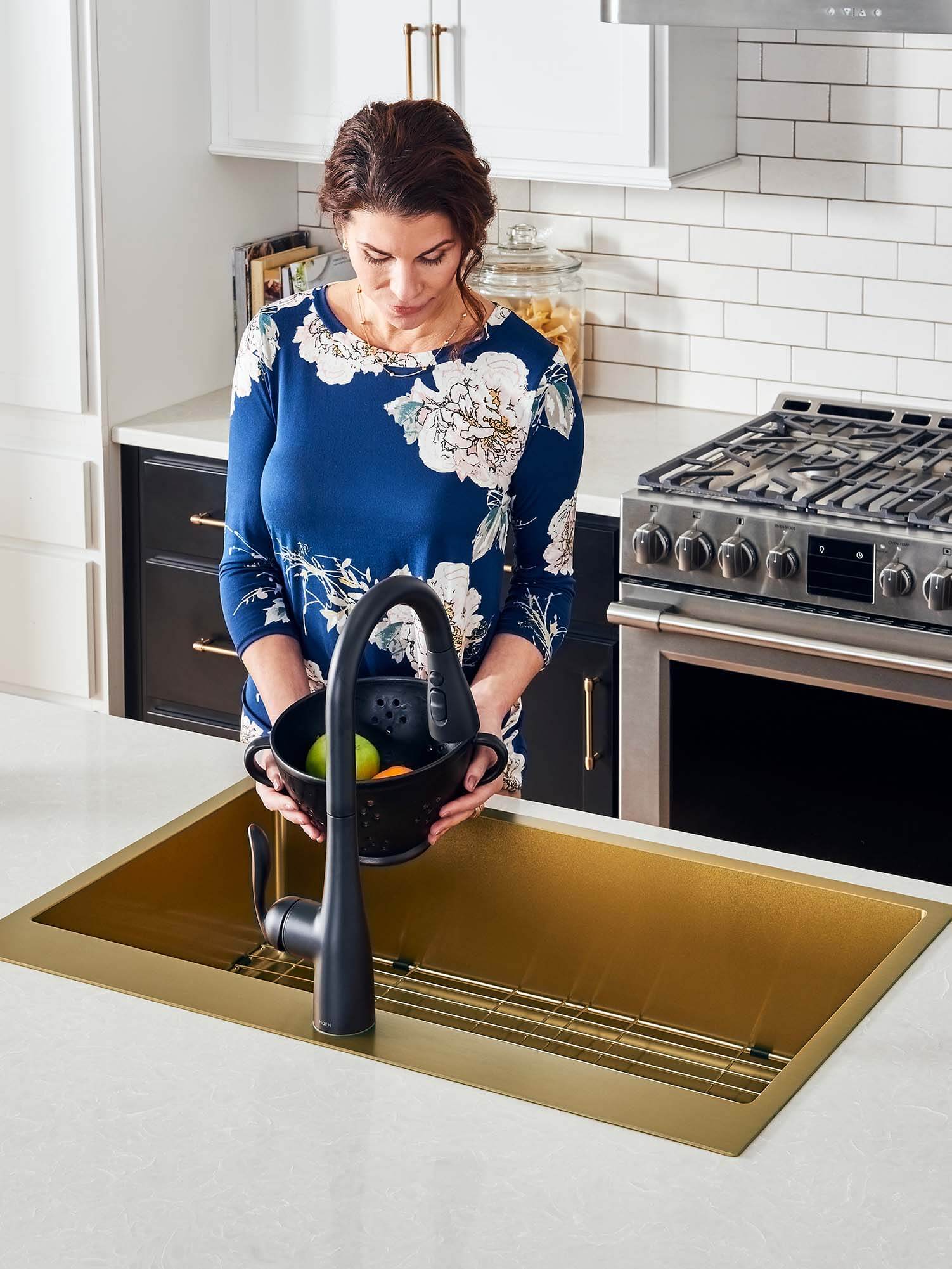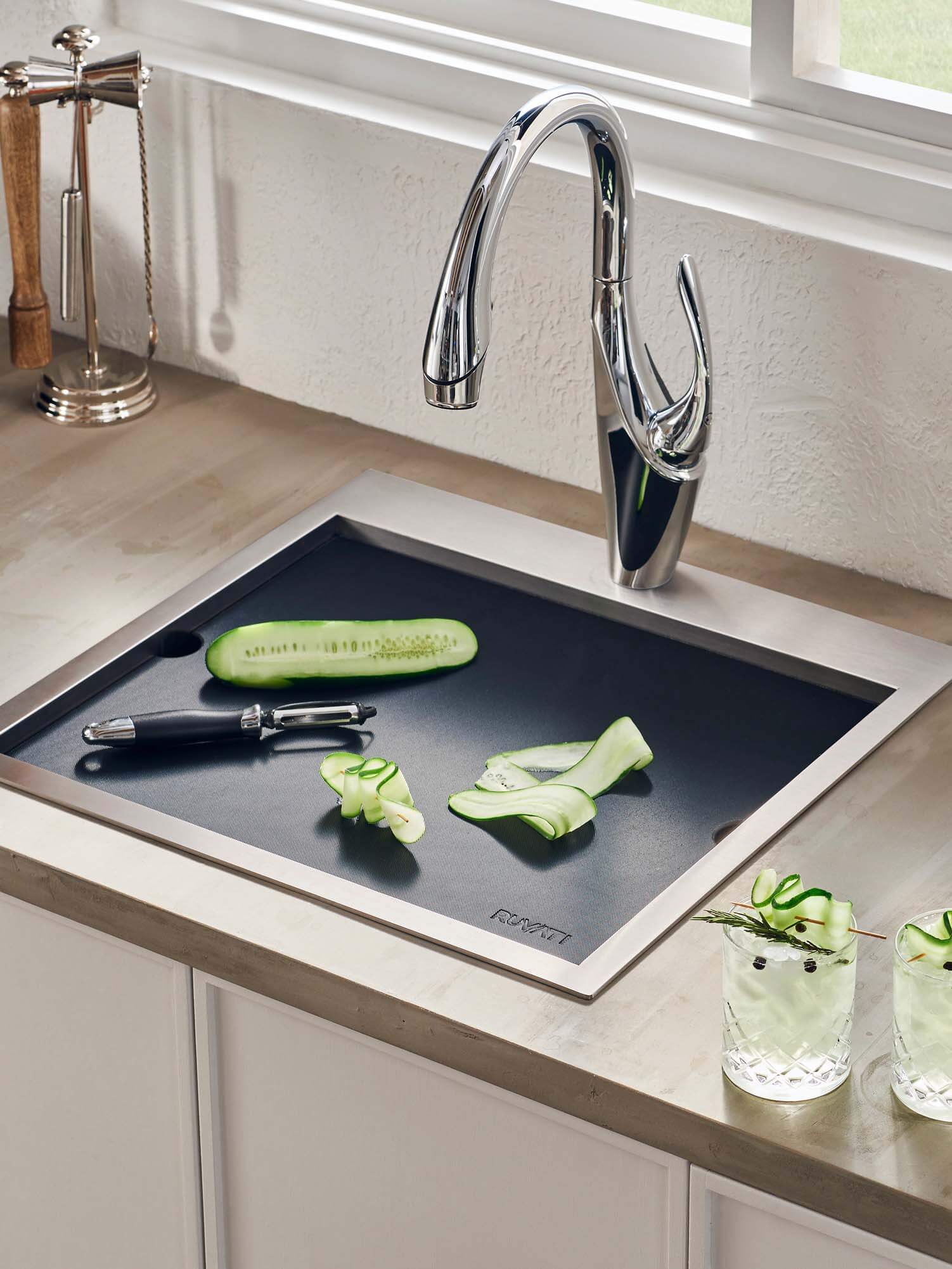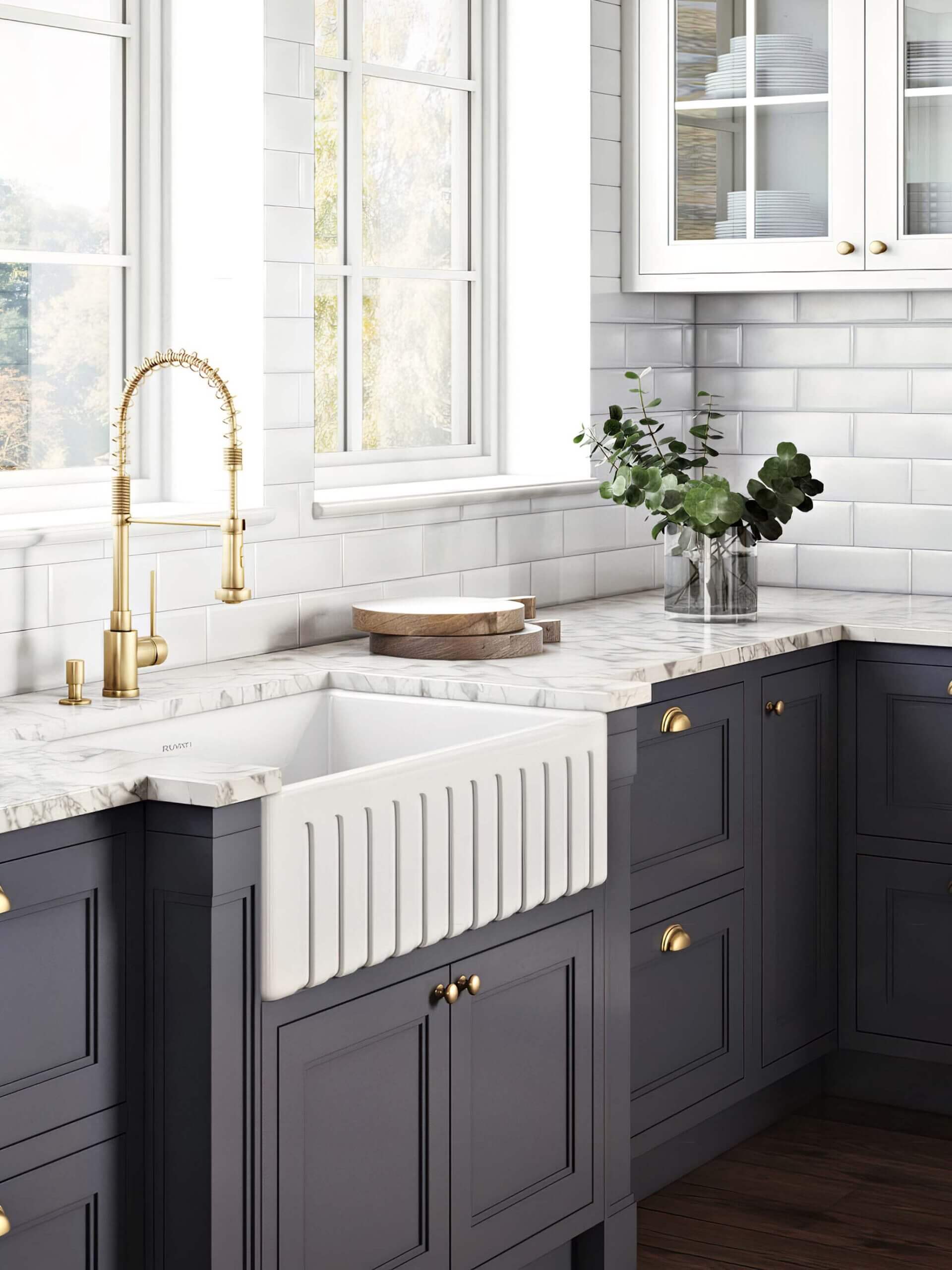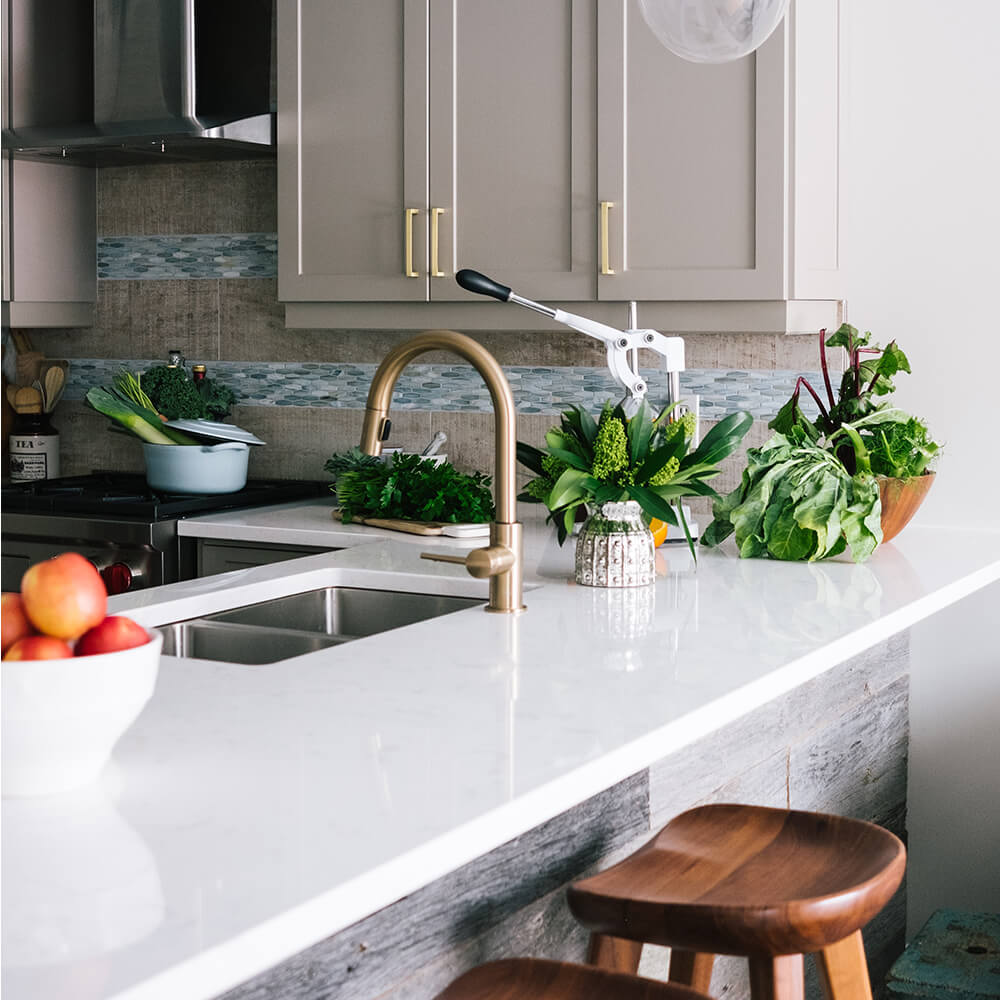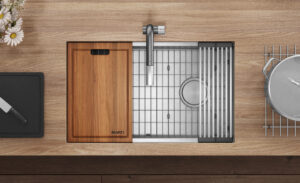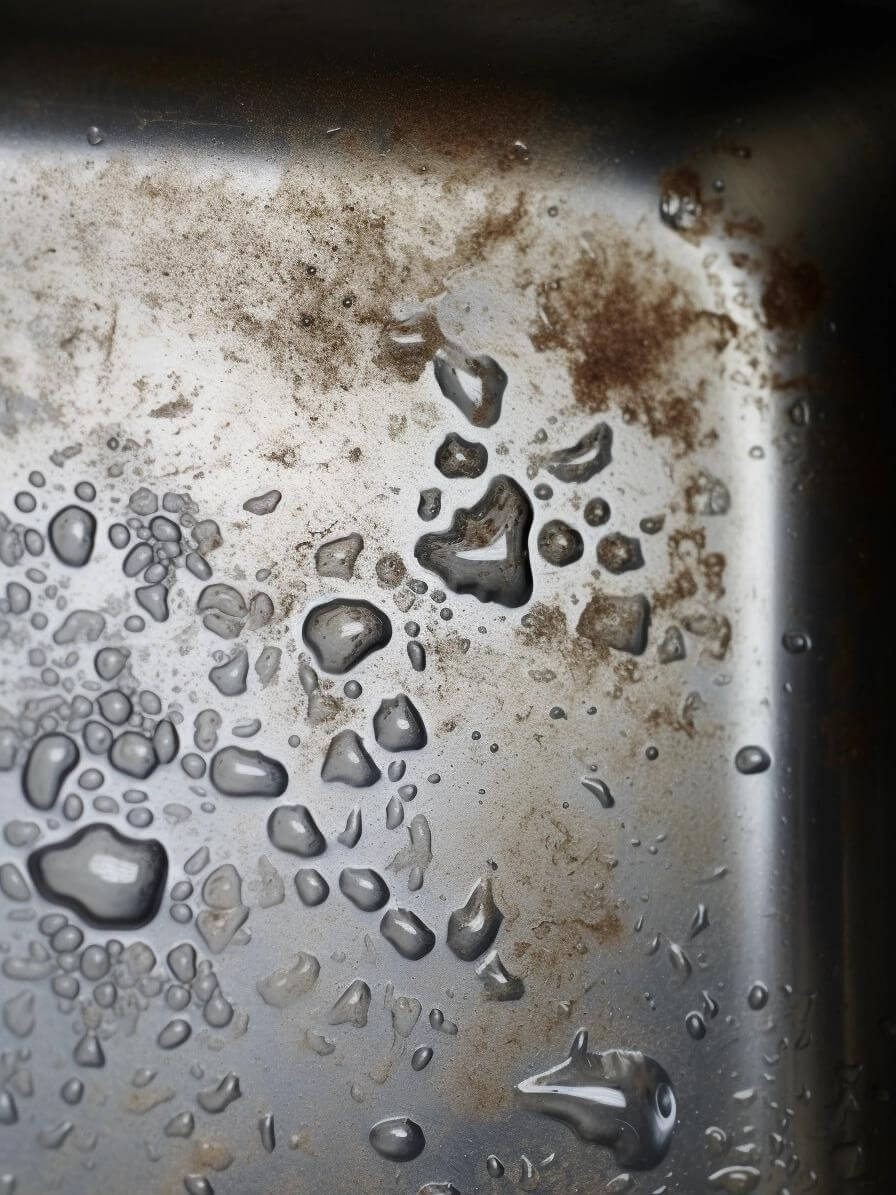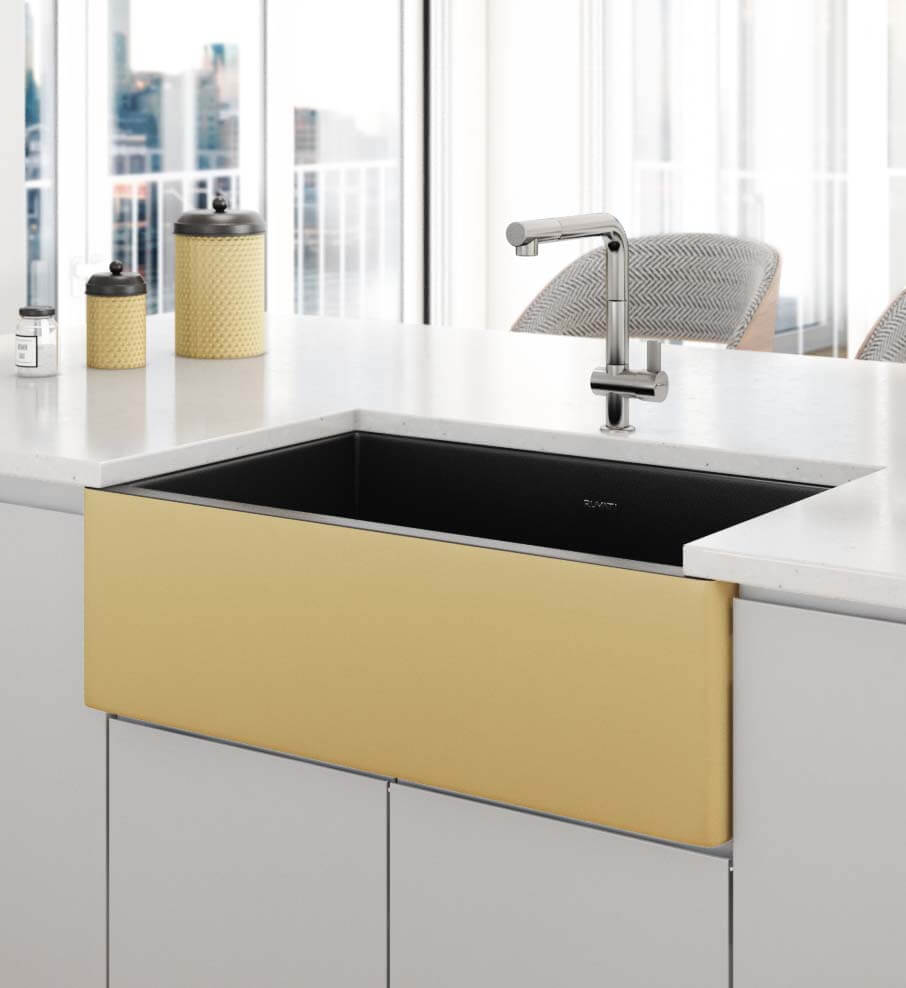Just as you’ve finished prepping your latest culinary masterpiece, you notice the state of your wooden cutting board. No, it’s not time for a new one! Let’s help you rejuvenate it. Cleaning and maintaining your wood board is essential for its appearance, hygiene, and longevity. In this guide, you’ll discover innovative ways to clean, deodorize, and maintain your board. You’ll learn how to tackle stubborn stains, combat bacterial growth, and even repair minor damages. So, let’s roll up our sleeves and start giving your wooden cutting board the care it deserves. Having the proper knowledge can help you maintain its peak condition for years.
Understanding the Importance of Proper Care
In caring for your wood-cutting board, it’s crucial to understand why proper maintenance isn’t just beneficial, but necessary. A well-maintained board not only extends its lifespan but also ensures food safety. Regularly cleaning your cutting board will remove food residues and prevent bacterial growth. But cleaning isn’t enough. To honestly care for a wooden cutting, it’s necessary to condition it regularly with food-grade mineral oil or beeswax. This process hydrates the wood, preventing it from drying out and cracking. Remember, a dry board is a happy board. Lastly, store your board correctly. Don’t stack anything on it; ensure it’s scorched before storing it to prevent mildew growth. With these tips, your wood-cutting board will have a long, useful life.
The Anatomy of a Wood Cutting Board: What Makes It Special?
To appreciate the exceptional nature of your wood cutting board, it’s essential to understand its anatomy and what sets it apart from other types of cutting boards. The anatomy of a wood cutting board is unique, as it’s crafted with an eye for sustainability and longevity. Unlike a plastic cutting board, a wood board is porous, absorbing the juices from your food and preventing cross-contamination. The wood board’s surface is also kinder to your knives when chopping, preserving their sharpness. The wood type, whether light-colored maple or dark walnut, significantly influences your board’s durability and appearance. For a deeper understanding of the differences between wood and plastic cutting boards, consider reading this detailed article from Ruvati here.
Moreover, a wooden board has a natural antibacterial effect, making it a safer choice for food preparation. However, you can still do better with cleaning! Proper care and regular maintenance are crucial to prolong the life of your board and keep it sanitary. In our quest to find the perfect wood cutting board for our workstation sinks, we sampled many different hardwoods. Sapele came out as a clear winner. It’s a wood that is similar to Mahogany and has a beautiful natural color and grain pattern —Ruvati’s most eco-friendly cutting board.

Initial Steps: Preparing Your Cutting Board for Cleaning
Before you dive into the cleaning process, it’s crucial that you properly prepare your wooden cutting board to ensure effective and thorough cleaning. Here’s a step-by-step guide to do just that.
Start by scraping off any residual food particles on your board. You can use a spatula or a bench scraper for this task. This initial step will help to prevent the growth of bacteria and mold, which can compromise the quality of your wood-cutting board over time.
Next, give your board a quick rinse under warm water. This helps to loosen any stubborn food particles and makes your cutting board easier to clean. However, avoid soaking your board, as prolonged exposure to water can damage the wood.
Finally, dry your cutting board thoroughly with a clean towel. Proper drying is vital to prevent the growth of bacteria and the formation of mildew. Stand your cutting board upright to allow air to circulate and ensure all sides dry evenly.
Daily Cleaning: How to Clean a Wood Cutting Board After Each Use
Daily cleaning after each use is essential to keep your wood-cutting board in top shape. We’ll explore three effective methods: using soap and water for standard cleaning, vinegar and water for a natural clean, and bleach and water for deep cleaning. Each approach has its own benefits, and we’ll guide you on how to use them effectively.
Soap & Water: The Standard Approach
Your daily routine should include cleaning your wood-cutting board with soap and water after each use. This standard approach is simple yet effective. Start by scraping off any food residue using a bench scraper or spatula. Next, use soapy water and a sponge to scrub the board. Remember to clean both sides of the board to eliminate all food particles and bacteria. After washing, rinse the board thoroughly with warm water. It’s essential to remove all soap as it can seep into the wood and affect the taste of your food. Once rinsed, use a clean dish towel to dry the board. Finally, let it stand upright to air dry completely. Following these steps will help you properly clean a wooden cutting board using soap and water.
Vinegar & Water: For a Natural Clean
If you’re looking for a natural way to clean your wooden cutting board daily, a simple vinegar and water solution can be your go-to method. Mix equal parts of distilled white vinegar and water to create a safe, effective cleaner. This vinegar and water solution is perfect for a natural clean that’s gentle on your board but tough on germs. To clean a wood cutting board, spray the solution onto the board’s surface, then scrub gently with a clean cloth or sponge. Rinse the board thoroughly under warm water to ensure all vinegar residue is removed. Regular use of this method helps to clean and care for your board, maintaining its quality and prolonging its lifespan. Remember, proper rinsing is essential to avoid a vinegar aftertaste on your food.
Bleach & Water: For Deep Cleaning
When it’s time for a deep clean or your wooden cutting board has been in contact with raw meat, a solution of bleach and water can be your best ally. Using chlorine bleach to deep clean your wood-cutting board is a powerful way to kill bacteria. Here’s how to properly clean and care for your board: start by prewashing with soap to remove grime. Create a bleach solution – two teaspoons of bleach in a gallon of water. Soak the board in this solution for two minutes, then rinse with hot water. Air-dry the cutting board entirely before using it again. Remember, proper cleaning and care extend the life of your wood-cutting board and ensure food safety.

Routine Maintenance: How to Keep Your Cutting Board Dry and Sanitized
Keeping your wood-cutting board dry and sanitized is a crucial part of its routine maintenance. Let’s explore how to sanitize it best, ensuring it’s not just clean but also safe for use. We’ll also tackle how to remove those pesky, unwanted odors and stains that can linger after heavy use.
Sanitizing Your Wooden Cutting Board: Best Practices
To ensure your wooden cutting board stays clean and safe for food preparation, it’s crucial to sanitize and thoroughly dry it regularly after each use. Here are some best practices for sanitizing your wooden cutting board:
1. Scrub the surface of the board using mild dish soap and hot water after each use. Avoid soaking it, as this can lead to warping and cracking.
2. For a deeper clean, make a paste from baking soda and water and scrub it into the wood. Rinse thoroughly.
3. Sanitize with a solution of vinegar or lemon juice to remove bacteria and neutralize odors.
4. Regularly treat the board with food-grade mineral oil to maintain its condition and prevent absorption of food particles and bacteria.
Removing Unwanted Odors and Stains
Along with sanitizing your wooden cutting board, it’s equally important to tackle unwanted odors and stains that can affect your food’s taste and safety. To remove unwanted smells and stains, start by sprinkling baking soda onto the paint on your wood cutting board. Then, squeeze lemon juice over the baking soda to make a paste. Combining these two powerful natural cleaners will help lift the stain and neutralize the odor. Gently scrub the paste into the board using a soft cloth or paper towel. Once you’re done, rinse off the paste and dry the board thoroughly. Remember, maintaining the cleanliness of your cutting board is as vital as the food you prepare on it.
Monthly Care: Oil and Wax Your Board to Preserve Its Life
To maintain your wooden cutting board’s longevity, it’s vital to oil and wax it monthly. It’s not just about slapping on any grease or wax; choosing the right products is necessary. Do not use products meant for cooking such as vegetable oil. It is not meant for wood; it will become rancid. In the following section, we’ll guide you through this critical process step-by-step, ensuring your board stays in top shape for years to come.
Choosing the Right Oil and Wax
Choosing the right oil and wax, like Howard Butcher Block Conditioner and Cutting Board Oil, is crucial in preserving your cutting board’s life, with its blend of food-grade mineral oil, beeswax, and carnauba wax providing excellent protection and rejuvenation. This product keeps the wood from drying and repairing knife marks, and it’s safe for direct and indirect contact with food. The conditioner and oil combo isn’t just practical and easy to apply. It spreads evenly and doesn’t carry any unpleasant odors. Used regularly, it helps to season the wood, keeping the good stuff in and the bad stuff out. It doesn’t go rancid and is long-lasting, making it an innovative solution for maintaining your cutting board’s integrity and aesthetic appeal.
Product Specs
12 oz food-grade conditioner and oil
Blend of beeswax, carnauba wax, and USP food-grade mineral oil
Safe for direct and indirect contact with food
Pros
Rejuvenates and protects wood
Easy to apply and odorless
Long-lasting and doesn’t go rancid
Cons
Packages may occasionally miss applicators
Needs regular application for best results
May not be suitable for all types of wood
Step-by-Step Guide to Oiling and Waxing
A crucial part of your monthly wood-cutting board care routine should be oiling and waxing, and here’s a step-by-step guide on how to do it right.
1. Start by making sure your board is clean and dry.
2. Apply a generous amount of cutting board oil, such as food-grade mineral oil or beeswax. Boos block mystery oil is also an excellent choice.
3. Use a cloth or brush to spread the oil, allowing it to soak in overnight.
4. Wax the board with a good quality board cream after the oil is soaked. This seals in the oil and provides a protective barrier against stains and moisture.
Storage and Usage Tips: Ensuring Longevity and Safety
Proper storage of your wood-cutting board is paramount to maintaining its longevity and ensuring safety in your kitchen. By adopting some practical and easy-to-follow techniques, you can stave off damage and keep your board in prime condition for years. Let’s get into some crucial tips to assist you in this endeavor.
Proper Storage Techniques
After you’ve thoroughly cleaned your cutting board, it’s crucial to store it properly to ensure its longevity and safety. Consider these proper storage techniques to maintain your wooden cutting boards:
1. Store Upright: Keep your board upright (not flat) in a dry area. This promotes airflow, reducing moisture build-up, which can lead to mold.
2. Avoid Direct Sunlight: Excessive heat or sunlight can cause warping or cracking. Store your board well away from heat sources.
3. Ventilation: Ensure your storage area is well-ventilated to prevent moisture trapping.
4. Routine Checks: Regularly inspect your board for any signs of damage or mold.

Addressing Wear and Tear: When to Repair or Restore Your Cutting Board
Over time, your wooden cutting board will inevitably show signs of wear and tear. You’ll notice scratches, cracks, or even a dull finish. It’s essential to know when it’s time to repair or restore your board, maintaining its functionality and longevity while preserving its aesthetic appeal.
Fixing Scratches and Cracks
Understanding how to address wear and tear on your wooden cutting board, specifically scratches and cracks is essential to maintaining its functionality and longevity. When your board develops these issues, it’s crucial to act promptly.
Start by cleaning the area and removing any loose wood particles.
If you’re fixing scratches and cracks, use food-safe wood glue to fill them.
Allow the glue to penetrate the wood and dry as directed.
Sand the area until it’s smooth to the touch.
Refinish Your board on all sides with a food grade mineral oil
Refinishing a Damaged Board
When your cutting board starts showing signs of severe wear and tear, it’s time to consider refinishing or even restoring it to its former glory. Refinishing a damaged board is a practical way to extend its lifespan and maintain its usability. Use an orbital sander to smooth out the rough spots and restore the wood fibers to their original condition. If you’re dealing with a warped board, a flat sanding block can help level it out. After sanding, apply a generous amount of butcher block conditioner to protect the wood and keep it supple. Finally, let the board dry completely before using it again. Remember, regular care and maintenance can help prevent severe damage and keep your wood-cutting board in top shape.
Recognizing the End of a Cutting Board’s Life: When to Replace
In light of your cutting board’s maintenance, it’s crucial to understand when it’s time to bid farewell to your old board and replace it, avoiding common mistakes that can compromise your food safety. Recognizing the end of a cutting board’s life and when to replace it is a crucial aspect of your kitchen hygiene.
Here are some signs indicating your wood-cutting board needs retirement:
Deep cuts and grooves: These harbor bacteria, even after cleaning the cutting board properly.
Warping: Unstable surface can lead to injury.
Cracks: These can trap food particles, leading to the growth of bacteria.
Dryness: Despite regular treatment, an overly dry board is a sign of depletion.
Replace your board when these signs appear, ensuring a safer, cleaner food preparation environment.
Frequently Asked Questions
What Types of Food-Grade Oil Are Best to Use for Maintaining a Wooden Cutting Board?
Opt for food-grade mineral oil or beeswax to keep your board clean and sanitary. They’re the best choices as they don’t go rancid, penetrate deeply, and provide a solid protective layer. Always avoid vegetable or olive oils.
Can I Use a Wood Cutting Board for All Types of Food Preparation?
You can use your wood cutting board for all types of food prep, but it’s wise to use separate ones for raw meat and other foods to prevent cross-contamination. Remember to clean them properly!
What Signs Should I Look for to Determine When My Cutting Board Needs to Be Replaced?
You’ll want to replace your cutting board if you notice deep scratches, warping, or cracks. Persistent smells or stains, even after cleaning, may also be a sign. Always prioritize food safety over the board’s lifespan.
How Can I Prevent My Wooden Cutting Board From Warping Over Time?
To prevent your wooden cutting board from warping, ensure it’s thoroughly dried after washing. Avoid soaking it, and never put it in the dishwasher. Regularly oil it to maintain moisture balance. Store it in a dry, cool place.
What Are the Benefits of Using a Wooden Cutting Board Over a Plastic One?
The best cutting board is wooden, which offers numerous advantages over plastic. They’re gentler on your knives, naturally antibacterial, and can self-heal from minor cuts. Plus, they add a warm, rustic touch to your kitchen decor.
Embracing the Art of Cutting Board Care
Every step you’ve taken ensures your wooden cutting board’s cleanliness and longevity, making a massive difference in both food safety and the lifespan of your board. Learning how to clean effectively contributes to this outcome. Use a clean, damp cloth to wipe off food residue after each use, thus preventing the build-up of harmful bacteria.
To maintain the board’s quality, oil or wax it regularly. This process replenishes the moisture in the wood fibers and prevents the board from drying out and cracking. Depending on how frequently you use the board, it might need monthly or even weekly applications of oil or wax. Remember, your board requires your attention and care to stay in top condition.
Innovative cleaning methods, while helpful, don’t replace the need for proper maintenance. Regular cleaning of wooden cutting boards, combined with applying oil or wax, helps preserve the board and keeps it safe for food preparation. Embracing the art of cutting board care is an integral part of your culinary journey. It paves the way for safer, more enjoyable cooking experiences while extending the life of your beloved wooden cutting board. Treat it well, and it’ll serve you beautifully for years to come.

